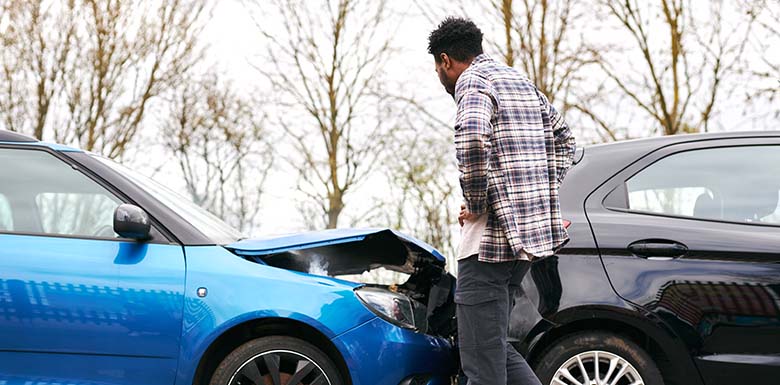
Posted by: Kemmy Law Firm
Knowing the other driver is at fault for your accident is one thing. It’s another thing to prove it.
To prove fault after a car crash, you must establish the four elements of negligence and gather evidence that supports your claim. You could obtain the compensation you need and deserve with the proper evidence and a solid understanding of Texas law.
Negligence is an individual’s careless or reckless act that causes harm to another. For example, if an individual drives drunk and causes an accident that injures another driver, they would be considered negligent.
Negligence is fundamental to determining fault in an accident claim, and you must establish the following elements to have a strong case against the at-fault party:
People’s negligence can cause a car accident in any number of ways. Some of the most frequent causes include:
In addition to the four elements of negligence, you must gather evidence to support your compensation claim. The following evidence could help determine fault:
Texas is an at-fault state for car accidents, which means that the at-fault party is responsible for compensating your damages. However, Texas’ comparative negligence laws state that you could also share fault for the accident, which could reduce the compensation you receive.
For example, if your claim amounts to $100,000, and you’re 10% at fault for the accident, you would only receive $90,000. You can’t recover any compensation if you’re over 50% at fault for the accident.
According to the Texas Department of Insurance, all Texas drivers must have at least $30,000 in liability coverage per injured person, $60,000 per accident, and $25,000 for property damage. While this may seem like a lot, you should be compensated for how your accident has impacted your life. This includes monetary damages like lost wages and non-monetary damages like pain and suffering.
Further, your injuries could hinder your earning capacity or force you to find less physically demanding work. That’s why pursuing a personal injury claim and gathering evidence that determines fault is critical.
The most common losses and expenses you can recover by proving fault are:
There are cases where the at-fault driver commits a hit-and-run accident. In these cases, it gets a lot harder to prove fault.
But even when you can’t identify the party responsible, recovering compensation from a hit-and-run accident is possible. The process is exactly like the one following a crash with an uninsured driver. You will likely have to collect compensation for your damages through your uninsured/underinsured motorist coverage. This coverage is almost always included in your auto insurance policy. The only way you wouldn’t have this coverage is if you chose to deny it in writing.
You may know the other driver is responsible, but It’s impossible to recover the compensation you need without legally proving fault. The lawyers at Kemmy Law Firm have access to resources like accident reconstruction experts and know how to gather evidence to prove the at-fault party’s negligence.
Contact our office today to schedule a free consultation by calling 844-334–4388.
Get a free consultation. We do not charge up-front fees, and you owe nothing unless you recover compensation.
When you work with us at Kemmy Law Firm, you are working with a family run firm with more than 50 years of combined experience. We are dedicated and successful trial attorneys practicing in West TX, Hobbs, NM, Midland-Odessa, and across the Permian Basin. Our team handles everything from catastrophic injury claims to complex business matters. We are here to fight for you. We dedicate our time and attention to your case and use every resource available to maximize your claim and obtain the best possible outcome.